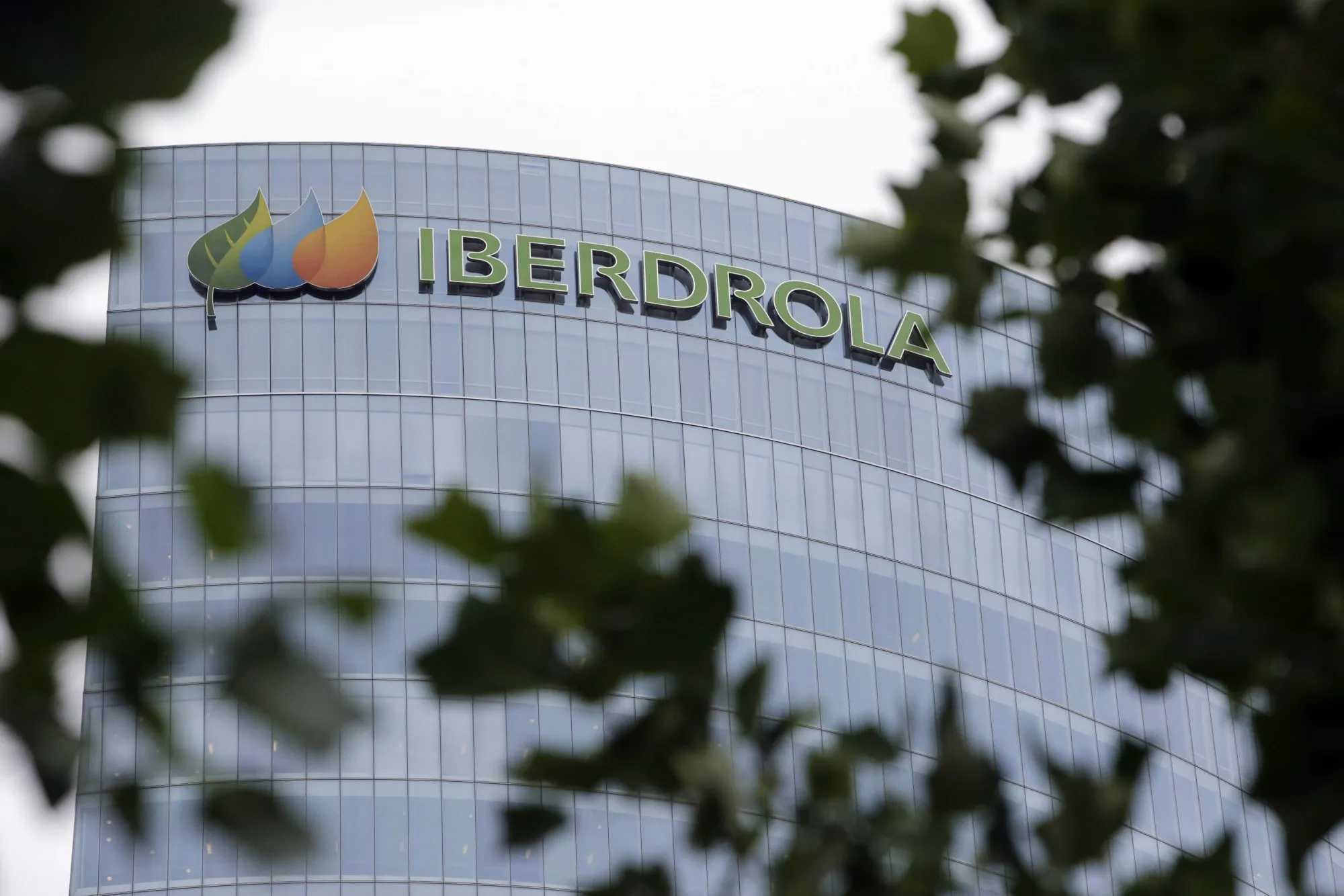Key Impact Points:
- Enhanced Decision-Making: AI enables rapid analysis of complex variables for optimal renewable energy deployment.
- Grid Efficiency: Machine learning helps balance supply and demand, reducing operational costs and grid overload.
- Investment Insights: AI platforms provide critical data for effective investment in renewable energy infrastructure.
The Complexity of Renewable Energy Deployment
While the benefits of renewable energy over fossil fuels are clear, deploying renewables is complex. Factors like grid limitations, energy demand, and geographical conditions must be considered to meet sustainability and business goals.
The Stakes of Mismanagement
Deploying renewable energy in the wrong location or time can lead to project delays and lost revenue. In the UK, insufficient grid infrastructure has caused decade-long delays for wind farms and solar projects, jeopardizing climate targets.
AI: A Game Changer for Renewable Energy
AI is essential for determining the best locations, timing, and strategies for renewable energy projects. It allows for quick analysis of numerous variables, enabling energy producers and policymakers to make informed decisions.
Dr. Terence Thompson, Chief Science Officer, stated, “AI platforms can help stakeholders achieve the most reliable performance by ensuring all relevant models and variables are considered.“
Change the World - Subscribe Now
Balancing Demand and Supply
Legacy energy grids often struggle to meet demand. Accurately matching grid demand and supply is crucial for efficiency. AI can help by optimizing energy loads, such as prompting wind turbines to generate energy when solar panels are underperforming.
Managing Renewable Adoption
The rise in solar energy adoption has led to grid congestion. A report from European TSOs indicates that 19 out of 35 countries underestimated solar capacity, necessitating €67 billion in investments for grid improvements by 2040.
Understanding Critical Data
Renewable energy projects require new datasets to assess optimal deployment conditions. Variables like wind speed and solar irradiance are vital for success. AI can automate complex modeling and continuously update forecasts, reducing human error.
AI Platforms in Action
AI-driven platforms can process vast amounts of data quickly. For example, the Midcontinent Independent System Operator (MISO) reduced grid planning calculation times from 10 minutes to just 60 seconds, optimizing energy management.
Conclusion: The Future of Renewable Energy
To achieve renewable energy goals, stakeholders need efficient tools for decision-making. AI platforms can integrate scientific, commercial, and machine learning models to define optimal deployment strategies. This integration is crucial for transitioning to greener energy supplies while maintaining grid stability.
By leveraging AI, energy producers, governments, and policymakers can navigate the complexities of renewable energy deployment effectively.
Related Article: Unlocking Capital for Climate Tech Projects: The 12 Keys to Scaling-up
Information Source: Lila Pupo, Senior Sustainability Advisor at Cognizant.












